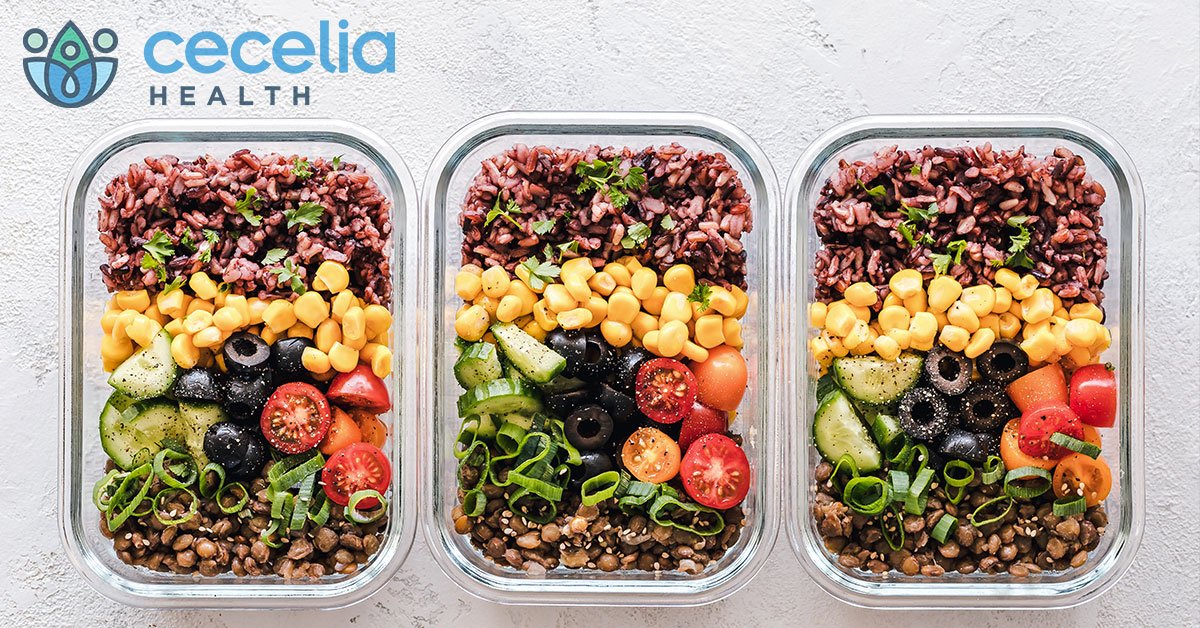Batch cooking and freezing meals are an efficient way to maximize your food budget, eat better, and save time. Preparing to batch cook does involve planning and preparation, but what better way to begin making a positive change than by taking a small step to enhance your food choices and take back your time. Here are 3 tips to begin or enhance your pre-planned meals for improved efficiency, variety and flavor.
- Include all food groups for balanced eating by keeping your pantry staples and refrigerator well stocked. Balance your meals by selecting whole foods, such as lean protein, whole grains, healthy fats, fruits, and vegetables.
- Begin with a lean protein such as ground turkey, chicken, lean hamburger, fish, tofu, or legumes.
- Minimize the use of refined grains by adding a whole grain selection, such as brown rice, quinoa, whole wheat pasta, or oats.
- Include healthful fats such as avocado, olives, nuts and seeds or olive oil.
- Add a colorful variety of fruits and vegetables with fresh, frozen without added sugars, and/or no salt added canned options. The American Heart Association has an excellent infographic with a list of colorful fruits and vegetables.
- Limit added sugars and excessive salt by selecting low sodium broth, tomato sauce, garlic or onion powder, or citrus zest.
- Schedule time in your calendar consistently to meal prep with a few meals each week, such as a weekend day when you may have more time. Prioritize meal planning as you would anything else in your calendar in order to ensure you have dedicated time to prepare. Prepare items that you can ahead of time and set aside or make note of items such as fresh additions, sides, or condiments to add to a meal at a later time. Once you determine and refine what works best for you, increase how much of a meal you make at once in order to freeze half of it for a later date. Record your favorite items and directions so you can reference ingredients and strategies at a future date. A few favorite items to make ahead and freeze are soups, stews, breads, smoothies, and casseroles. If you are unsure where to begin visit com for freezer meal recipe ideas.
- Be sure to handle and store your food safely. Keep your food and utensils clean, separate raw and cooked items, cook your food thoroughly, and store or cook your food to proper temperatures. Here are some basic food safety charts to reference from foodsafety.gov. Boost your confidence in freezing foods by avoiding freezer burn by viewing this video from the American Heart Association or read these great tips from the Diabetes Food Hub by the American Diabetes Association.
